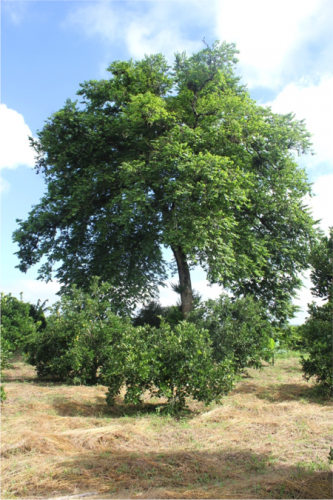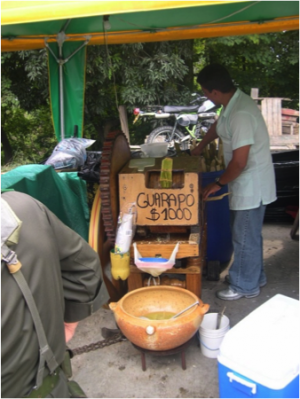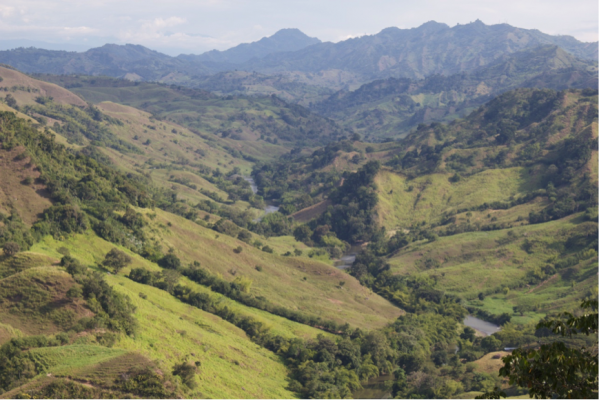
I firmly believe that our landscapes can be managed sustainably: that we can produce nutritious healthy food free of poisonous chemicals while conserving our precious water; that we can take advantage of biodiversity and the services that ecosystems provide us; that we can generate local, green, fair and inclusive economies by choosing to consume locally produced goods. I believe this, in part, because I grew up on a farm where the exhausted, lifeless soil was brought back to life by strategically planting native trees; where the number of bird species and many mammals doubled; where everything that is produced is organic; and where riparian native forests of bamboo were restored, and as a consequence, water quality and quantity was recovered. This agro-ecological management allowed us to double production, reduce pests and diseases, mitigate the effects of severe winds and droughts, and reduce production costs.
For a long time, I’ve been wondering why agroforestry and other ancient agro-ecological practices, despite all their benefits, aren’t more widely used and how could I help to change this reality. In my quest, I’ve found that one of the reasons is because there isn’t enough information and technical knowledge about the silvicultural management of the thousands of native tree species of the tropics - and even less information on how to incorporate them in agroforestry systems.

A tree commonly called ‘dinde’ or ‘mora’ (Maclura tinctoria) is one of more than thirty native species that we have been planting at my farm as part of an agroforestry system. It is a native species known throughout Central and South America; its wood is of high quality and has more weight and strength than teak wood (Tectona grandis), thus it has been extensively used to make railway sleepers, furniture, fence posts, and corrals. In addition, the dye extracted from the heartwood is considered one of the most valuable sources of yellow pigments. During the colonial period, large quantities of M. tinctoria dyes were exported to European markets under the name ‘fustic’ to color khaki textiles. Its milky sap has several medicinal properties: it is used as a diuretic, to cure colds and oral infections, and to relieve toothache. The pigment known as morin, extracted from this tree, is a nontoxic broad spectrum antioxidant that can confer significant health benefits to humans as a bioactive non-nutrient, playing an important role in cardiovascular disease, aging, cancer, and inflammatory disorders.
Its diverse commercial uses make M. tinctoria an interesting species to be used in any kind of reforestation project and an ideal candidate for agroforestry combinations. For example, this tree produces fruits that are eaten by birds and other mammals, and wildlife has the potential to enhance biodiversity and promote natural regeneration in agroforestry systems. It also has a high resprouting capacity, which makes it ideal for planting as living fences. Its branches are thorny, which decreases damage by cattle. It is regarded as a mid-successional species adapted to degraded areas, and it has high survivorship when compared to other native species that succumb to the aggressiveness of grass and leaf cutter ants.
Like many other farmers, we don’t know much regarding this or other native species' performance in agroforestry systems. We have little information on growth patterns, adequate planting distances, frequency and intensity of pruning and thinning, timber production and ideal cutting cycles. All this information is essential to design and develop a proper agroforestry system and to take full advantage of both the trees and the grass - or any other crop growing under the shade of trees. I decided to focus my master's project on the dinde tree in agroforestry systems as an entry point to learn about forest science, agroforestry, agroecology, ecological restoration, and sustainable landscapes.
Read more about Irene's research project in her first blog post here.
